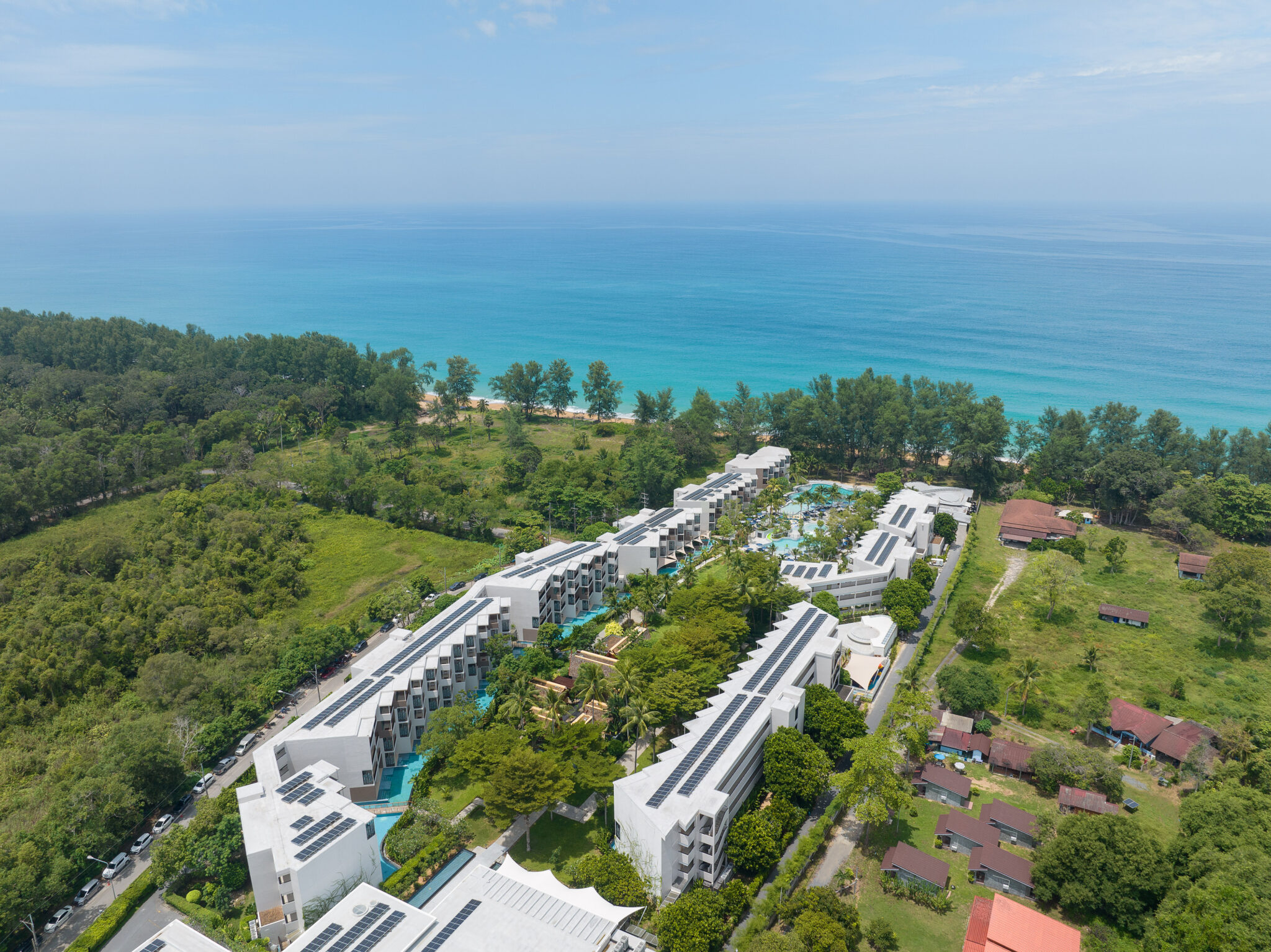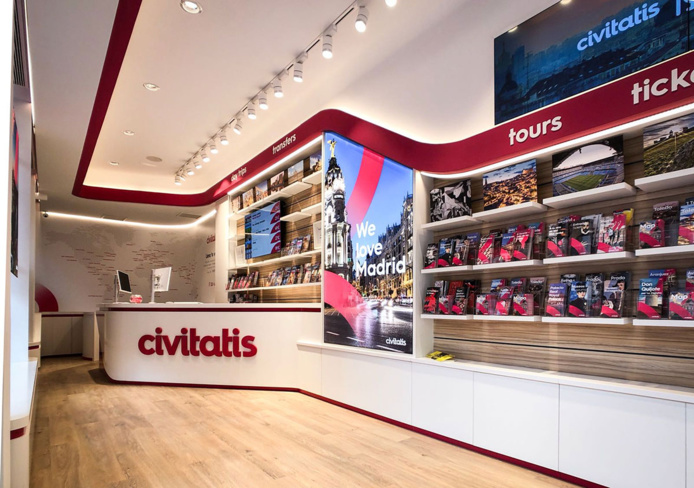A growing divide is emerging in the UK’s hotel sector between the performance of leisure-based hotels compared with primarily business-orientated properties, according to the latest Hotel Bulletin Q4 2016, published this week by HVS, AlixPartners, STR and AM:PM.
Those hotels in cities with a more developed tourism industry performed noticeably better in Q4 2016 as a result of the weaker pound attracting foreign tourists and Brits choosing staycations.
Belfast, for example, saw RevPAR (rooms revenue per available room) growth of 23% during the final quarter of 2016 on the back of significant investment in the city as a tourist destination. Liverpool’s hotels reported growth of 14% during the same period, while Edinburgh and Bath both experienced 13% growth in RevPAR.
By contrast hotels in Newcastle saw an 8% decline in RevPAR during Q4 2016, Aberdeen a 22% decline on the back of the falling oil market, while Cardiff’s RevPAR dropped by 6%.
Hotels in London experienced a modest 2% increase in both RevPAR and occupancy, while average room rates remained static. Occupancy in London’s hotel sector had shown a decline for the previous seven quarters.
“As the most popular tourist city London is particularly well placed to attract more visitors and benefit from the weaker pound but growth was offset by the potential of corporate decline,” commented HVS chairman Russell Kett.
“London may see a further decline in corporate bookings because of depressed GDP growth, particularly if threats made by several large companies to move staff out of the country come to fruition.”
The steady increase in the UK’s hotel supply continues with the addition of 14,600 hotel bedrooms during 2016 – a net increase of 1.7% when closures are taken into account. Forecasts estimate that 2017 will see supply growth of 3.3%. London shows the strongest annual growth in hotel bedrooms, while the UK’s regions average a net supply gain of 1%.
The budget sector makes up 47% of the UK’s active pipeline as Premier Inn and Travelodge continue their aggressive expansion plans. The two brands account for nearly 70% of budget bedrooms opened in 2016. Around 30% of the active pipeline are four star hotels, 10% are apartments and nine percent are five-star properties.
“Budget brands now account for 25% of all hotel bedrooms in the UK, while the main casualties have been the two- and three-star properties. It’s difficult to envisage this trend changing for the foreseeable future,” added Kett.



 share
share



















































